
With 2022 coming to a close with the momentum created by this summer’s successful run, AEGEAN begins to plan for next year, having entered a new era. Despite the uncertainties of the international environment, with aviation fuel costs peaking, the first signs for 2023 are particularly positive. Currently, the Greek airline aims to consolidate the momentum it developed in the first nine months of this year, with 9.4 million passengers and a turnover of 1.02 billion euros, by investing in the new generation of its executives.
In an emotionally charged ceremony at the company’s technical base at “Eleftherios Venizelos” airport, on Friday evening, management, pilots, cabin staff, engineers said goodbye to the last Q400 aircraft of its fleet. A 13-year history closes for AEGEAN and Olympic Air, with the completion in the summer of the program to replace the Q400s with the new ATR72 and ATR42.
AEGEAN CEO Mr. Dimitris Gerogiannis heralded a new era that belongs to the company’s new generation and the young people, at the event. Fleet renewal continues with the delivery of a total of 10 new Airbus 320neo and 321neo within 2022, of which the last two are expected, and an additional 9 aircraft within 2023. Despite the initial numbness brought by the pandemic outbreak in 2020, it has just received the first aircraft from the large order to Airbus, AEGEAN’s investment plan of was finally accelerated for 2022-2023 with a final completion horizon in 2026.
Network development
Referring to the difficult last two years, the head of the company emphasized the systematic and creative work to prepare AEGEAN’s future. The firm has upgraded services and evolved the travel experience with new aircraft platforms. new services taking in line with passenger needs.
During the summer season, the company’s network was fully restored, while new destinations were opened, such as Tunisia. The range of the new 320neo family aircraft gives AEGEAN the ability to serve flights of up to 5 hours. In about a month, the company’s flying program for the next season is expected to be largely completed.
The war in Ukraine has for now at least ruled out any possibility of expanding the network to Asia, while for longer flights AEGEAN is investing in strong alliances, such as with TAP which from Lisbon serves flights to Latin America. In any case, any decision to expand the network requires careful steps because it will pay off after one and a half to two years.
New scholarship program
Through the scholarship program for pilots and engineers implemented by AEGEAN, the first 30 fellows out of a total of 70 are already in the cockpits of the company. The next 40 will join from the beginning of the new year.
Also, 40 scholarships for engineering positions at Olympic Air’s engineering school have been announced and the first 20 fellows are already in place, with the remaining 20 to be inducted in March.
In the coming days, the company will also announce the new pilot scholarship program that will also prepare the new generation of company executives, in line with the medium-long-term development plan as announced by Mr. Geroyannis.

The story of the Q400 in the Greek market
The Q400s were acquired by Olympic Air in 2009 and with its acquisition by AEGEAN in 2013 joined its fleet. Over the years they have managed to gain the trust of the company’s fliers and cabin crew. Even the most skeptical at first, as was evident during the farewell ceremony, ended up loving them. It is no coincidence that all the pilots who spoke during the event talked about an aircraft that will never let you down.
Recognized for their high speed, strong operational performance and cabin comfort, the Q400 aircraft gathered characteristics and qualities of jet aircraft despite being propeller-driven (speed, reduced noise, cabin comfort). They operated mainly in short or medium-haul international flights, i.e. in markets in which the company was just starting to enter, but also of course in domestic flights.
Today, AEGEAN serves most of these foreign markets with the AIRBUS 320 and 321, indicative of the evolution of passenger traffic and the company’s penetration in these countries.
But perhaps the most important thing was the social work accomplished by this aircraft, as, in the context of the cooperation with emergency ambulance service EKAB, during the previous year it transported passengers in medical emergencies.
ATR replacements
The company has a prop-driven fleet consisting of 14 ATR-600s, the first of which joined the company in 2016, in order to mainly serve the needs of small airports. From the beginning of 2022, these have increased, in the context of fleet replacement and upgrading. ATRs respond much better to the operational challenges of Greek airports, but also to the short flights of the domestic network.
They are estimated to have a 25-30% lower CO2 footprint than the Q400s and thus contribute to further reducing the company’s environmental footprint and its commitment to more sustainable, greener flights. They are certified to use Sustainable Aviation Fuel (SAF). They feature improved engines, modern navigation systems, more available cabin space for the passenger, while also ensuring lower operating and maintenance costs.
Latest News

IMF: US Tariffs Shake Global Economy, Outlook Downbeat
IMF slashes global growth forecast to 2.8% as U.S. tariffs create uncertainty and ‘negative supply shock

First Step Towards New Audiovisual Industry Hub in Drama
The project is set to contribute to the further development of Greece’s film industry and establish Drama as an audiovisual hub in the region

Airbnb Greece – Initial CoS Ruling Deems Tax Circular Unlawful
The case reached the Council of State following annulment applications filed by the Panhellenic Federation of Property Owners (POMIDA)

Mitsotakis Unveils €1 Billion Plan for Housing, Pensioners, Public investments
Greek Prime Minister Kyriakos Mitsotakis has announced a new set of economic support measures, worth 1 billion euros, aiming to provide financial relief to citizens.
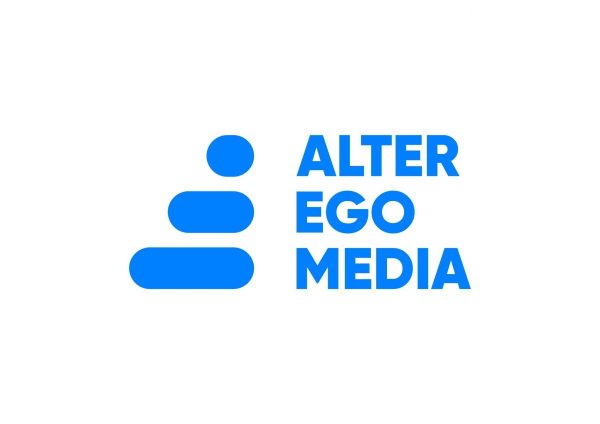
Alter Ego Ventures Invests in Pioneering Gaming Company ‘Couch Heroes’
Alter Ego Ventures' participation in the share capital of Couch Heroes marks yet another investment by the Alter Ego Media Group in innovative companies with a focus on technology.

Corruption Still Plagues Greece’s Driving Tests
While traffic accidents continue to claim lives on Greek roads daily, irregularities and under-the-table dealings in the training and testing of new drivers remain disturbingly widespread

Pope Francis Died of Stroke and Heart Failure Vatican Confirms
As news of the official cause of death spread, tributes poured in from across the globe. The 1.4 billion-member Catholic Church is united in grief, remembering a pope who championed inclusion, justice, and compassion

Increase in Both Museum Visits, Revenues for 2024
As expected, the Acropolis was the top archeological site in the country, followed by Sounion, Mycenae, the ancient theater of Epidaurus, and Vergina in northern Greece
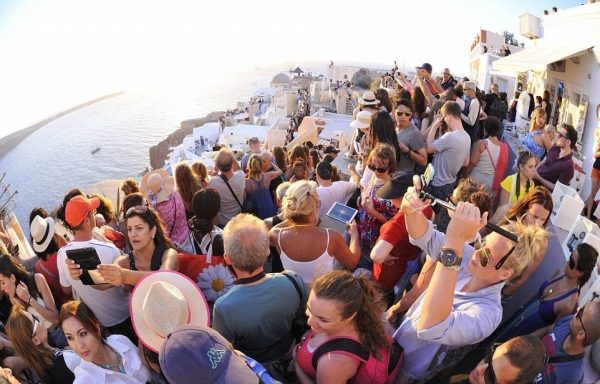
Where Greece’s Tourists Come From: A Look at 2025’s Top Visitor Markets
The United Kingdom continues to hold the top spot as the largest source of incoming tourism, with 5.6 million seats booked for Greece this summer — up 2.2% from last year. This accounts for 20% of all international air traffic to Greece

Pope Francis: A Pontiff Who Reshaped the Papacy and Sparked a Global Conversation
His first words from the balcony of St. Peter’s Basilica—“Brothers and sisters, good evening”—set the tone for a pontificate that would challenge norms, favor mercy over dogma, and bring the papacy closer to the people.

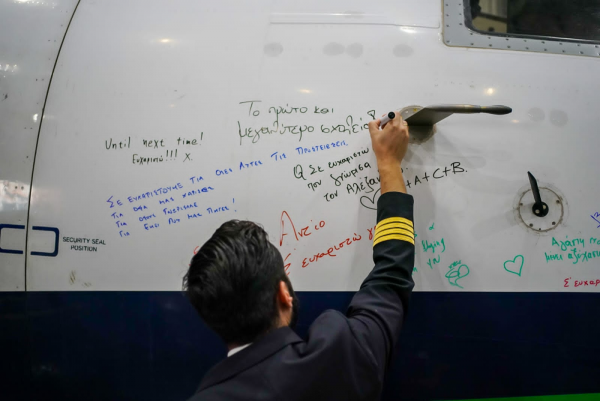











![Πλημμύρες: Σημειώθηκαν σε επίπεδα ρεκόρ στην Ευρώπη το 2024 [γράφημα]](https://www.ot.gr/wp-content/uploads/2025/04/FLOOD_HUNGRY-90x90.jpg)



![Ξενοδοχεία: Μεγάλο το ενδιαφέρον για επενδύσεις στην Ελλάδα – Η θέση της Αθήνας [γραφήματα]](https://www.ot.gr/wp-content/uploads/2025/03/Athens-hotels-90x90.jpg)








![ΔΝΤ: Καμπανάκι για δημόσιο χρέος από δασμούς και αμυντικές δαπάνες [Γράφημα]](https://www.ot.gr/wp-content/uploads/2024/05/30859482_Sharone-perlstein-microfinanace-debt-800x500_c-600x375-1-1.jpg)
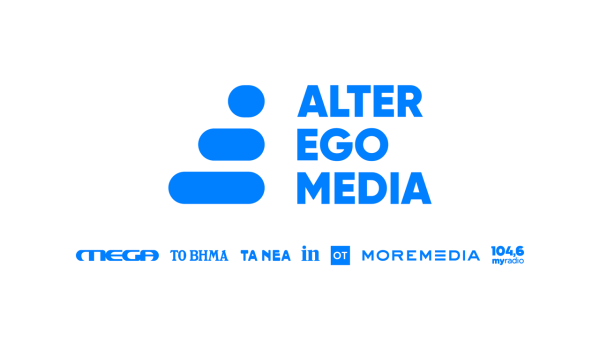

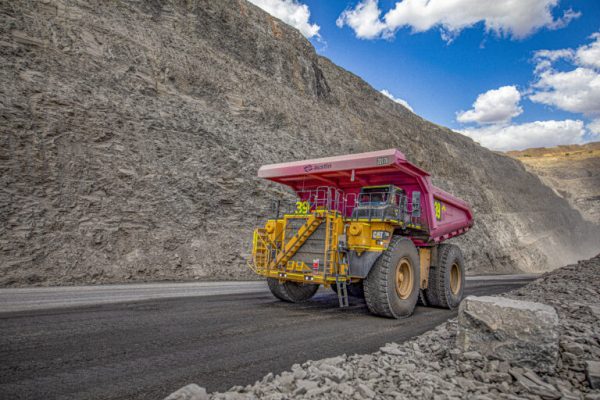

![Μόσχα: Ισχυρές εκρήξεις στο κέντρο της πόλης [βίντεο]](https://www.ot.gr/wp-content/uploads/2025/04/54656-600x432.jpg)
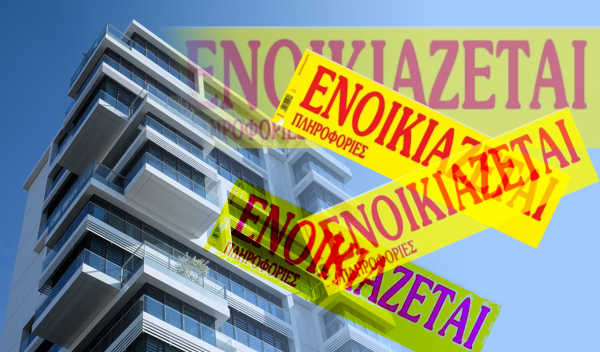
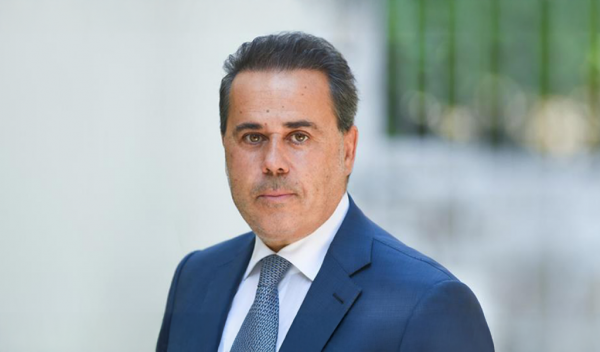
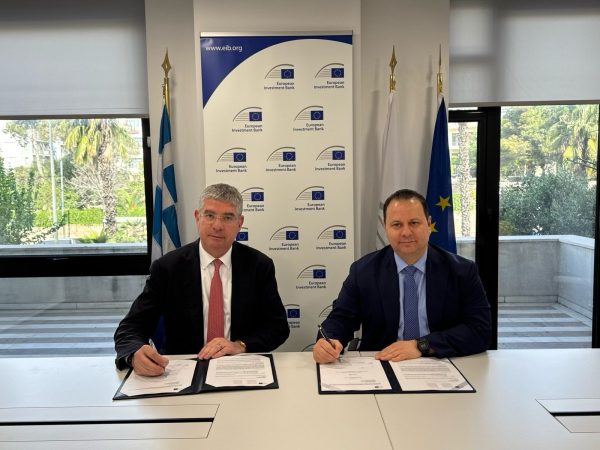


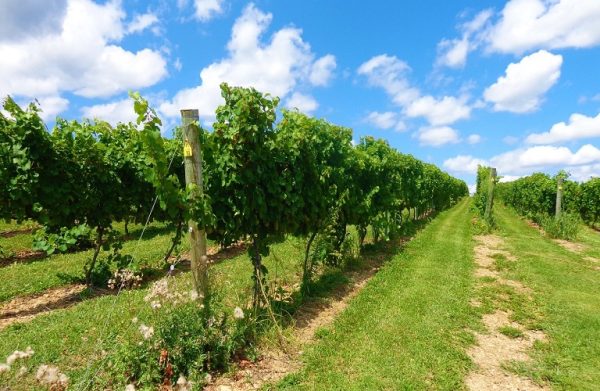
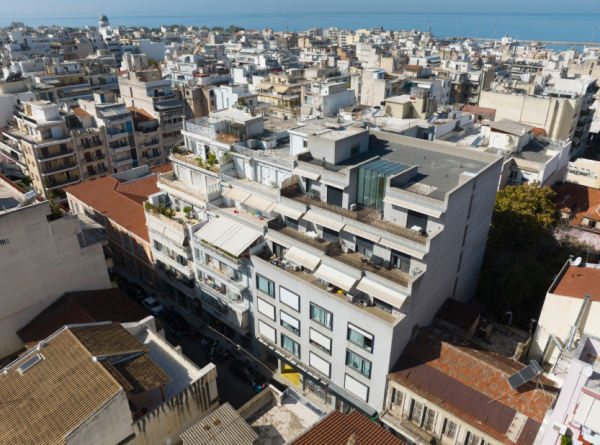



 Αριθμός Πιστοποίησης
Αριθμός Πιστοποίησης